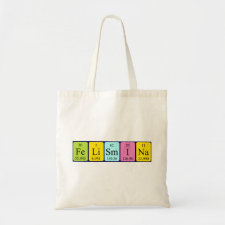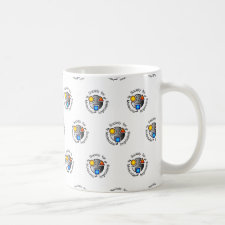
Authors: Moreira FTC, Sharma S, Dutra RAF, Noronha JPC, Cass AEG, Sales MGF
Article Title: Smart plastic antibody material (SPAM) tailored on disposable screen printed electrodes for protein recognition: Application to myoglobin detection.
Publication date: 2013
Journal: Biosensors and Bioelectronics
Volume: 45
Page numbers: 237-244.
DOI: 10.1016/j.bios.2013.02.012
Alternative URL: http://www.sciencedirect.com/science/article/pii/S0956566313001103
Abstract: This work introduces two major changes to the conventional protocol for designing plastic antibodies: (i) the imprinted sites were created with charged monomers while the surrounding environment was tailored using neutral material; and (ii) the protein was removed from its imprinted site by means of a protease, aiming at preserving the polymeric network of the plastic antibody. To our knowledge, these approaches were never presented before and the resulting material was named here as smart plastic antibody material (SPAM). As proof of concept, SPAM was tailored on top of disposable gold-screen printed electrodes (Au-SPE), following a bottom-up approach, for targeting myoglobin (Myo) in a point-of-care context. The existence of imprinted sites was checked by comparing a SPAM modified surface to a negative control, consisting of similar material where the template was omitted from the procedure and called non-imprinted materials (NIMs). All stages of the creation of the SPAM and NIM on the Au layer were followed by both electrochemical impedance spectroscopy (EIS) and cyclic voltammetry (CV). AFM imaging was also performed to characterize the topography of the surface. There are two major reasons supporting the fact that plastic antibodies were effectively designed by the above approach: (i) they were visualized for the first time by AFM, being present only in the SPAM network; and (ii) only the SPAM material was able to rebind to the target protein and produce a linear electrical response against EIS and square wave voltammetry (SWV) assays, with NIMs showing a similar-to-random behavior. The SPAM/Au-SPE devices displayed linear responses to Myo in EIS and SWV assays down to 3.5 μg/mL and 0.58 μg/mL, respectively, with detection limits of 1.5 and 0.28 μg/mL. SPAM materials also showed negligible interference from troponin T (TnT), bovine serum albumin (BSA) and urea under SWV assays, showing promising results for point-of-care applications when applied to spiked biological fluids
Template and target information: protein, myoglobin, Myo
Author keywords: plastic antibody, Charged binding site, Surface-molecular imprint, Screen-printed electrodes, myoglobin, biosensor



Join the Society for Molecular Imprinting

New items RSS feed
Sign-up for e-mail updates:
Choose between receiving an occasional newsletter or more frequent e-mail alerts.
Click here to go to the sign-up page.
Is your name elemental or peptidic? Enter your name and find out by clicking either of the buttons below!
Other products you may like:
 MIPdatabase
MIPdatabase









